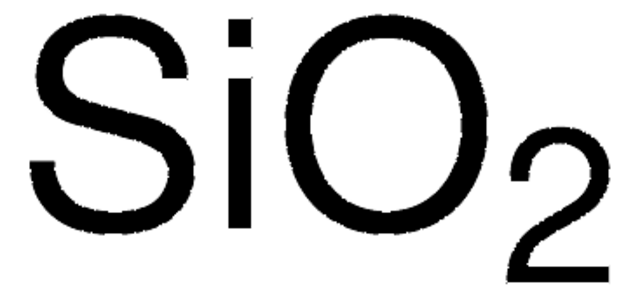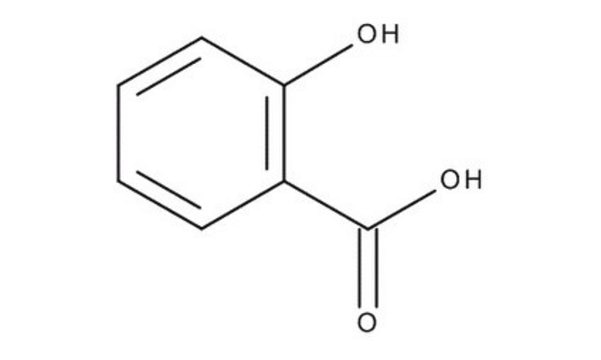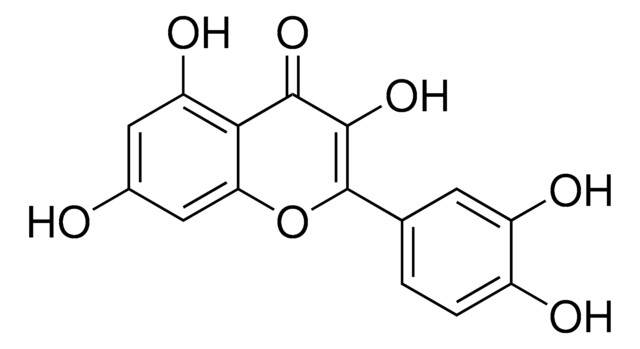09-0850
Ethyl alcohol, pure
≥99.5%, suitable for UV/Vis spectroscopy and absorption spectrum analysis
Synonym(s):
Ethyl alcohol
About This Item
Recommended Products
product name
Ethanol, ≥99.5%, suitable for absorption spectrum analysis
vapor density
1.59 (vs air)
vapor pressure
44.6 mmHg ( 20 °C)
assay
≥99.5%
form
liquid
autoignition temp.
683 °F
expl. lim.
19 %, 60 °F
availability
available only in Japan
greener alternative product characteristics
Safer Solvents and Auxiliaries
Use of Renewable Feedstocks
Learn more about the Principles of Green Chemistry.
technique(s)
UV/Vis spectroscopy: suitable
refractive index
n20/D 1.3600 (lit.)
pH
7.0 (20 °C, 10 g/L)
bp
78 °C (lit.)
mp
−114 °C (lit.)
density
0.789 g/mL at 25 °C (lit.)
suitability
suitable for absorption spectrum analysis
format
neat
greener alternative category
SMILES string
CCO
InChI
1S/C2H6O/c1-2-3/h3H,2H2,1H3
InChI key
LFQSCWFLJHTTHZ-UHFFFAOYSA-N
Looking for similar products? Visit Product Comparison Guide
Related Categories
General description
Footnote
signalword
Danger
hcodes
Hazard Classifications
Eye Irrit. 2 - Flam. Liq. 2
wgk_germany
WGK 1
ppe
Eyeshields, Faceshields, Gloves, type ABEK (EN14387) respirator filter
Certificates of Analysis (COA)
Search for Certificates of Analysis (COA) by entering the products Lot/Batch Number. Lot and Batch Numbers can be found on a product’s label following the words ‘Lot’ or ‘Batch’.
Already Own This Product?
Find documentation for the products that you have recently purchased in the Document Library.
Customers Also Viewed
Our team of scientists has experience in all areas of research including Life Science, Material Science, Chemical Synthesis, Chromatography, Analytical and many others.
Contact Technical Service






